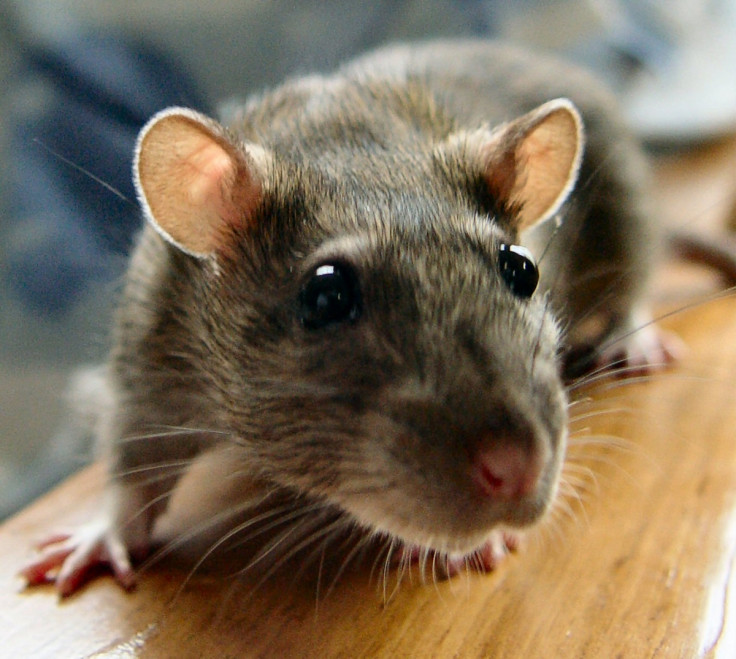Super furry animals: Giant rodents more likely to reside on islands

Rodents that reside on islands are more likely to evolve to massive proportions than that of their mainland counterparts, a study has revealed.
"The island rule" is a theory in which small mammals who live on islands are likely to evolve to a larger size over time but it was thought that this did not apply to rodents.
However, research carried out by Duke University biologists Paul Durst and Louise Roth suggests this is not the case. The pair studied data surrounding more than 1,000 different rodent populations, which represent roughly 60 species dotted around the globe.
They discovered that more than half of the rodent populations on the 182 islands they analysed fall into the top or bottom 2.5% for their size for their species.
The study points to Coues' rice rats of Cozumel, an island close to the south east coast of Mexico, of which some of the population is double that in size of its mainland counterparts.
"Deer mice, too, are nearly twice as big on the Gulf Islands off the coast of Vancouver than on the North American mainland," Durst added. Their findings show that, for the most part, extreme cases of the rodents were typically very large, rather than unusually small.
The majority of the smaller rodents are found on hot islands where the environment is brown and baron as opposed to green. On the Thai island of Ko Lan, for example, the Finlayson's squirrel has shrunk by half its size when compared with the typical species on mainland Asia. Durst said: "They don't have the resources they need to get big."
© Copyright IBTimes 2025. All rights reserved.






















